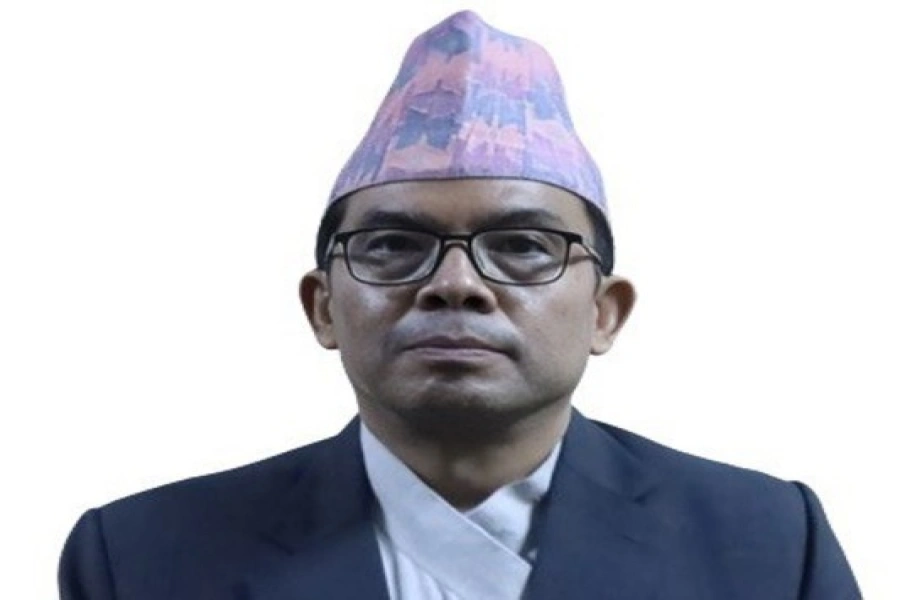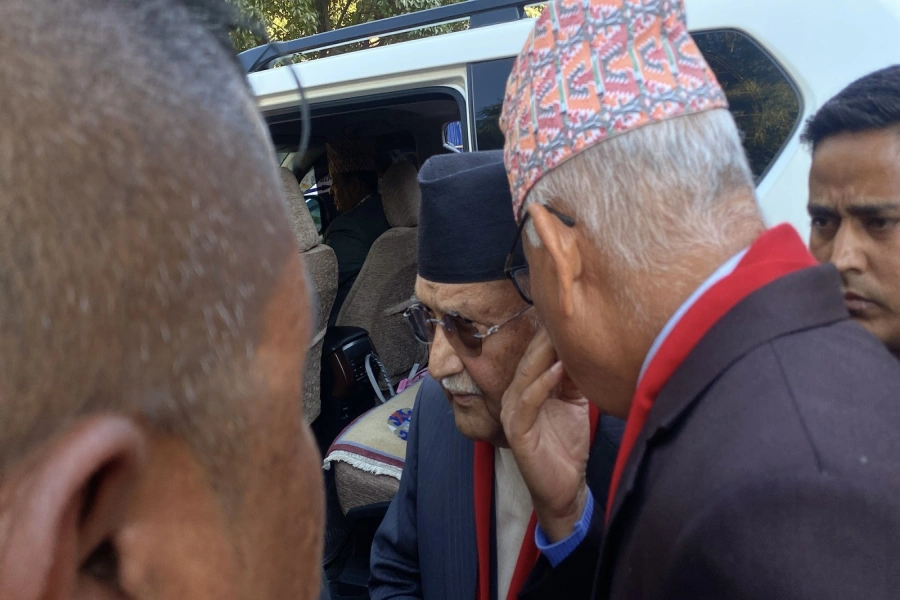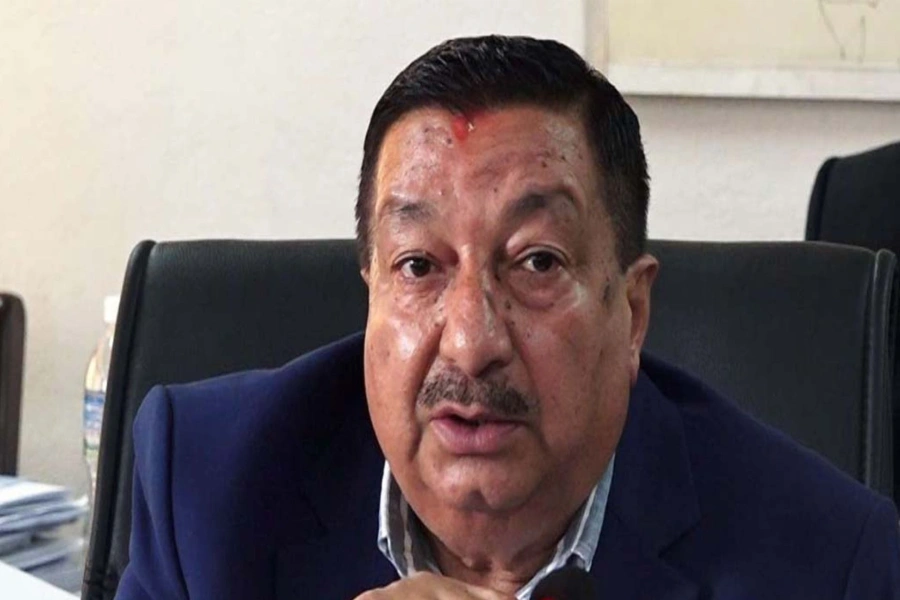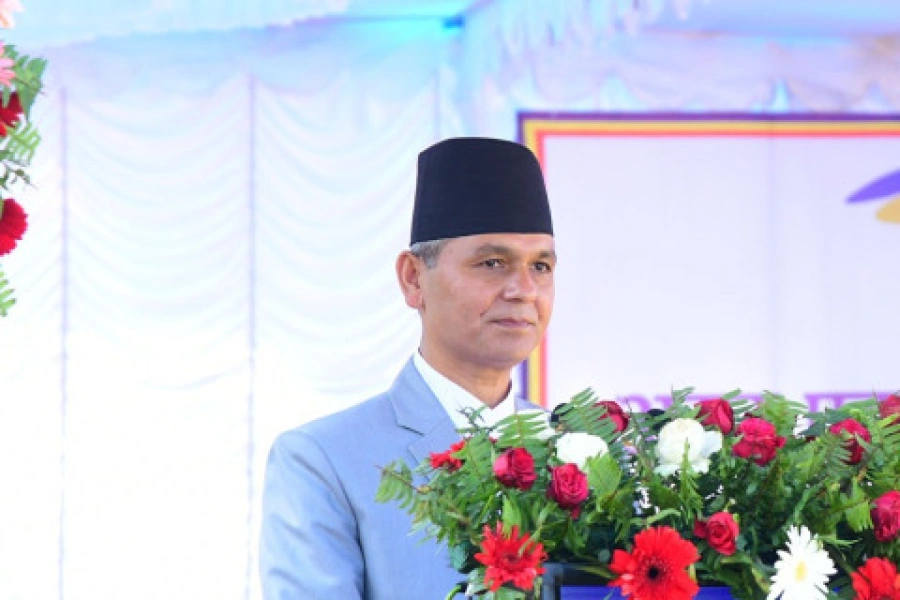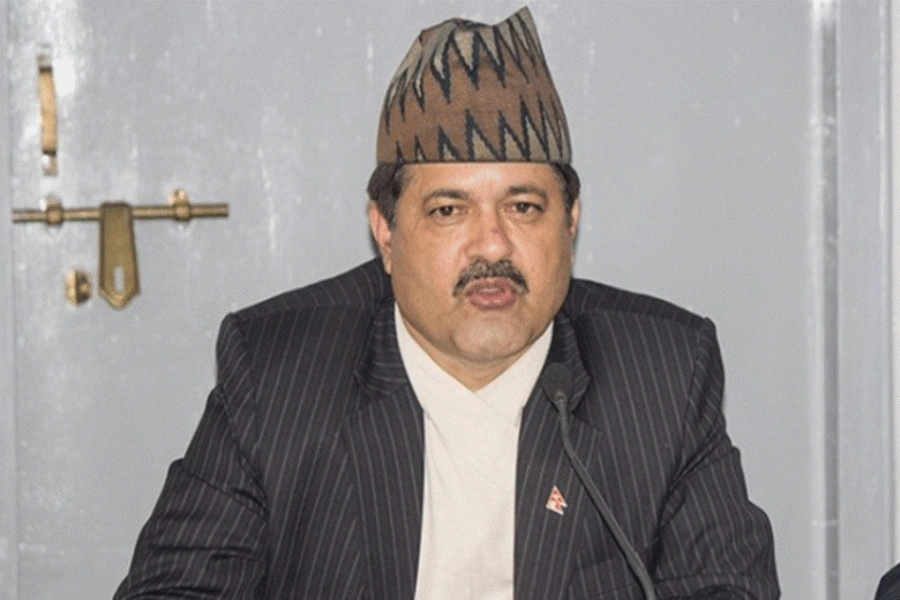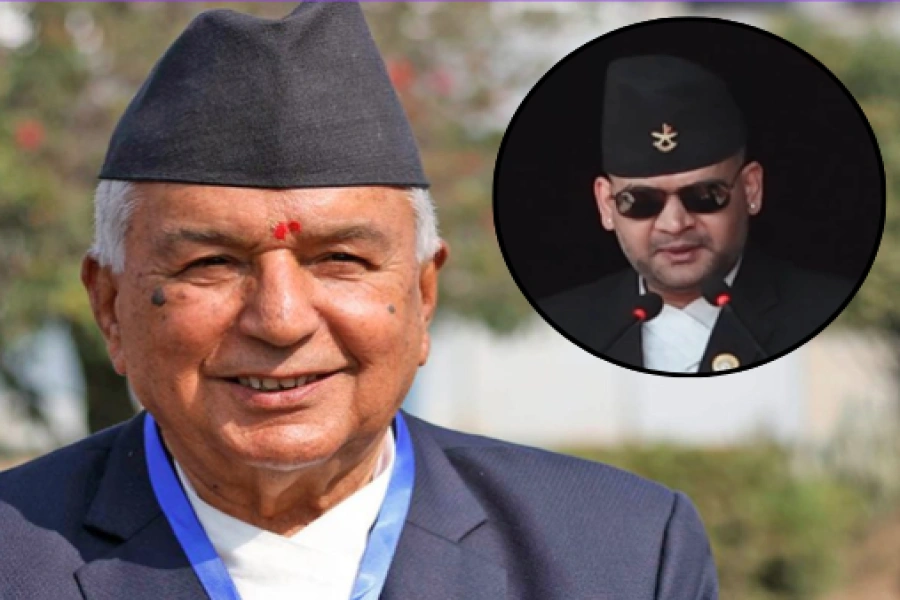KATHMANDU, Oct 2: It has come to light that both government and private helicopters were not granted permission to fly for rescue operations during the disaster caused by continuous rainfall. The Civil Aviation Authority of Nepal (CAAN) denied flight permissions for helicopters from the Nepali Army and the private sector, citing low visibility.
“A high-ranking official from the home ministry stated that government and private helicopters could not be deployed during the disaster that struck on Saturday afternoon.” According to the official, by 11 am, Home Minister Ramesh Lekhak had urged the army, saying, “Visibility should improve now; please conduct a rescue operation.” However, after CAAN imposed restrictions, helicopters operated by both the army and the private sector were unable to be deployed for rescue operations.
The National Emergency Operations Center of the Ministry of Home Affairs had been attempting to deploy helicopters since Saturday morning. However, CAAN had not granted flight permissions. Home Secretary Gokarna Mani Duwadi mentioned that there was a delay in the deployment of army helicopters and urged operators of private sector helicopters to take off earlier in the morning.
However, private helicopters were also unable to take off. “CAAN did not grant permission for flights; this is a lack of cooperation from the state,” said a member of the private helicopter operators. “Saying that visibility is insufficient to fly to Thankot and Nakkhu shows weakness. This issue needs to be investigated.” The operators claimed that during the Maoist conflict, the excuse of low visibility in the morning for helicopters flying at night was merely a pretext.
Plane crash: Helicopters mobilized for rescue

“There is a weakness from the CAAN. The state should investigate this. We will cooperate,” said the operator. Information officer of the home ministry, Dil Kumar Tamang, also stated that helicopters could not be deployed due to low visibility. “We had requested operators from the Nepali Army and private companies to fly helicopters since 7 AM. However, due to adverse weather conditions and reported visibility of less than three kilometers, the helicopters could not take off,” he said.
However, CAAN's Deputy Director General and Spokesperson Hansa Raj Pandey stated that while visibility was low in the morning, there is no truth to the claim that flight permissions were denied for helicopters coming to request authorization for rescue operations. “As soon as a request for rescue operations is made, we prioritize such flights and grant permission,” Spokesperson Pandey said. The inability to deploy helicopters for rescue operations in these special circumstances has led to criticism not only of the home ministry but of the government as a whole. However, the issue of non-cooperation from the government agency has left the home ministry feeling helpless.
“A staff member from the home ministry stated, “Both the home minister and the home secretary have made requests multiple times, but flights could not take off due to the excuse of low visibility.” Manoj Karki, the president of the Airlines Operators Association of Nepal (AOAN), which represents private sector airlines, mentioned that the weather was unfavorable and that helicopters would be deployed for rescue operations as soon as conditions improved. He said, “The morning weather was adverse, but we are ready to respond as soon as the weather becomes favorable.”
Highways had already been closed since Saturday morning. The effects of flooding and landslides had begun to appear across various parts of the country since Friday night. Due to the floods and inundation following continuous rainfall, an emergency meeting was convened at the home ministry on Saturday morning after transportation was completely disrupted at 63 locations on 23 roads nationwide. According to initial reports collected by the Department of Roads by noon on Saturday, the flooding and landslides have significantly affected traffic in most road sections in the hilly and mountainous regions.
The home ministry was able to deploy the army's helicopters for reconnaissance only after 11 am. Throughout Saturday, electricity and internet connectivity were disrupted. News that four individuals had been swept away in Nakkhu, Lalitpur, had shocked the residents of the capital. The information branch of the Armed Police Force had sent details of the incident to its unit by 9 am. However, the District Administration Office in Lalitpur reported to the home ministry that it had no information regarding the incident.
While the emergency meeting was ongoing at the Ministry of Home Affairs, it was reported that the reservoir of the Kulekhani Hydropower Project had been opened, putting the Bagmati Bridge on Kanti Lokpath at high risk. Additionally, it was reported that flooding in the Roshi River, just ahead of Nepalthok on the BP Highway, had washed away about 100 meters of the road, leaving 33 individuals stranded. As the water level in the river continued to rise, most bridges were deemed to be in a risky condition, and the water levels of rivers and streams within the Kathmandu Valley had risen, causing flooding in residential areas.
Officials at the home ministry were aware of all this information. However, they were unable to deploy helicopters in a timely manner. “It is not just that the highways were blocked, we were forced to sit and listen to reports of ordinary citizens losing their lives. The truth is that we could not go for immediate rescue operations because another government agency was uncooperative,” claimed the staff member from the home ministry.
On Tuesday, Home Minister Ramesh Lekhak was required to respond to this issue. There was widespread criticism regarding the state’s failure to rescue citizens who were stranded on a tin roof and calling for help during the flooding in Nakkhu. Following this criticism from members of parliament, the home minister stated that although the Armed Police Force and Nepal Police had reached the area for rescue operations, adverse weather conditions made rescue impossible.
“It is not true that there was no government presence in Nakkhu and the government could not reach there. It’s not that the government did not try to look into the situation. We made an effort. The Armed Police Force and Nepal Police teams also went there. The police tried to rescue them. We also attempted to carry out rescues by helicopter, but it was not possible due to adverse weather conditions. While we were making efforts, they were swept away. Three people were rescued, and two others were reported missing. It is not true that there was no government presence, that we did not go, or that we did not look into the matter. We made an effort,” he said.




